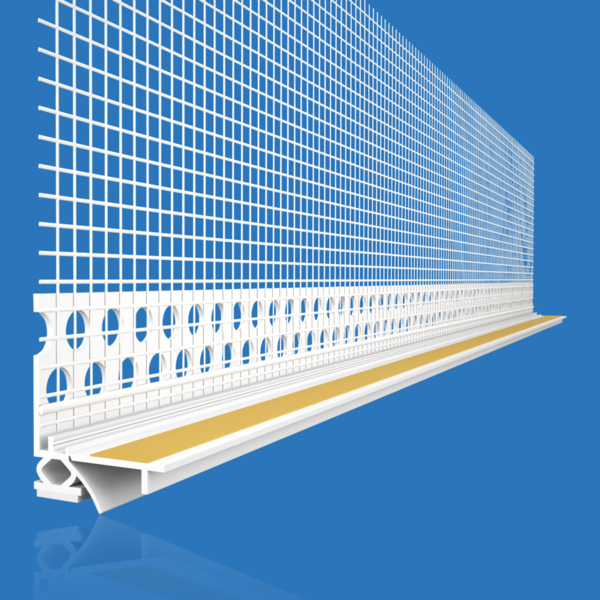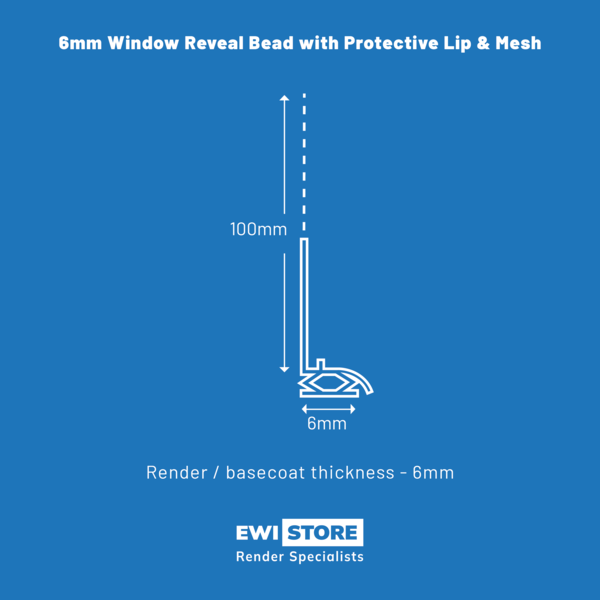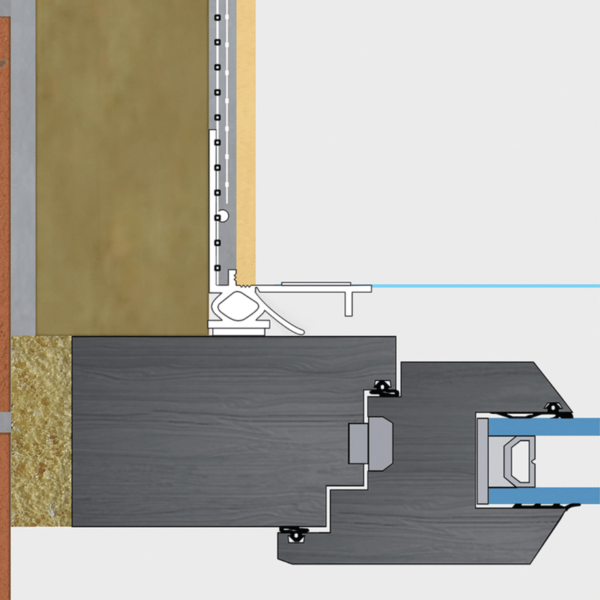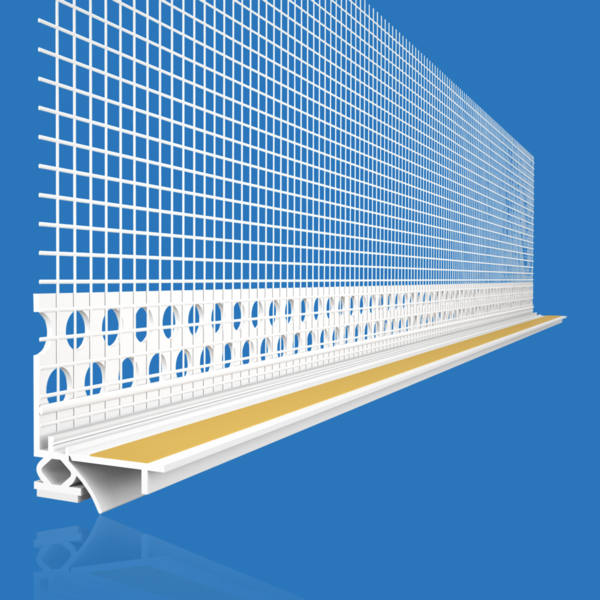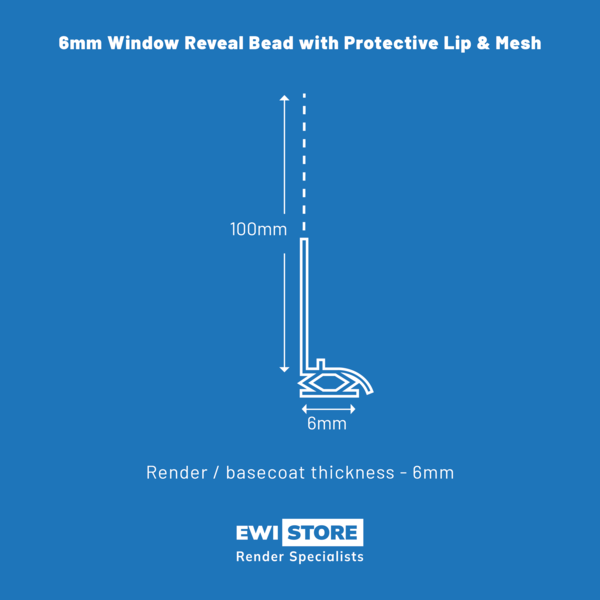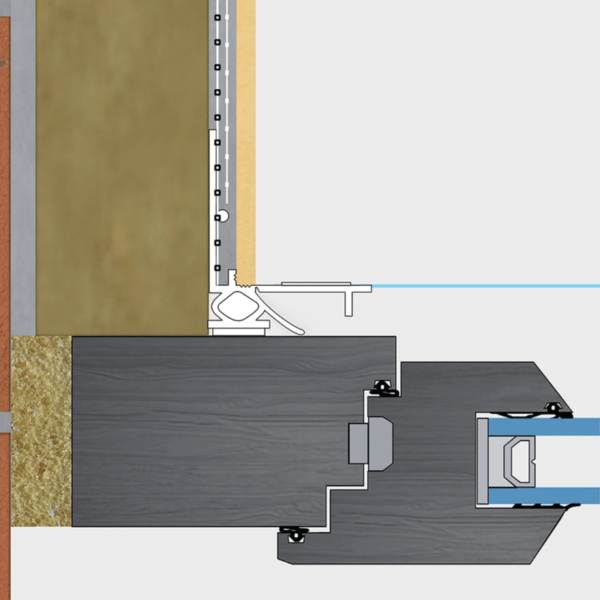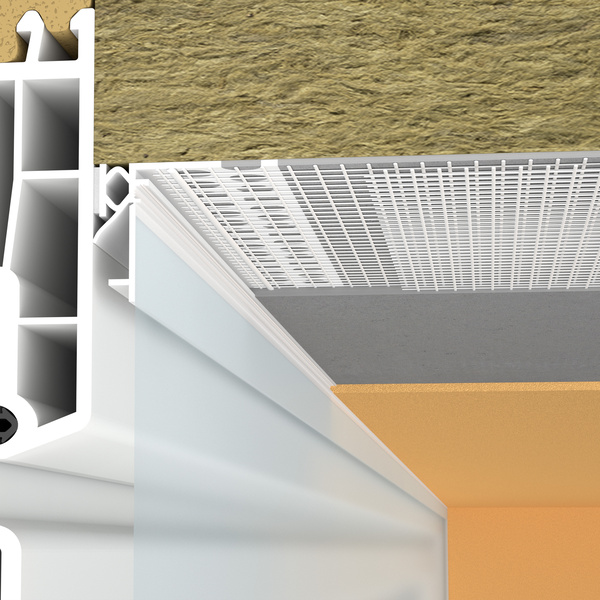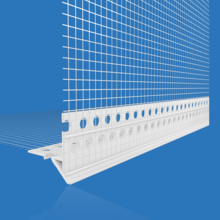Window Reveal Bead with Protective Lip & Mesh – White (6mm) – 2.6m
£8.75
Incl. VAT
£8.75
Incl. VAT (regular price)
Please note: This product has a slightly longer lead time. Our team wiil notify you with an estimated delivery date.
Related products
Log in to save items on your shopping lists and access them on all your devices. Guest lists are deleted after 90 days.
Other customers also viewed
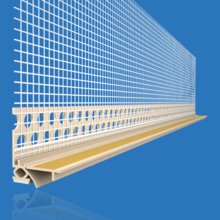
Window Reveal Bead with Protective Lip & Mesh – Ivory (6mm) – 2.6m
SELECT OPTIONS
Brand: Likov
FROM
£9.53
Incl. VAT
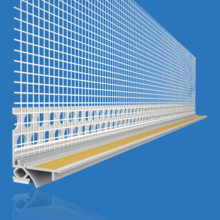
Window Reveal Bead with Protective Lip & Mesh – Light Grey (6mm) – 2.6m
SELECT OPTIONS
Brand: Likov
FROM
£9.53
Incl. VAT

Window Reveal Bead with Protective Lip & Mesh – Anthracite (6mm) – 2.6m
SELECT OPTIONS
Brand: Likov
FROM
£9.59
Incl. VAT

